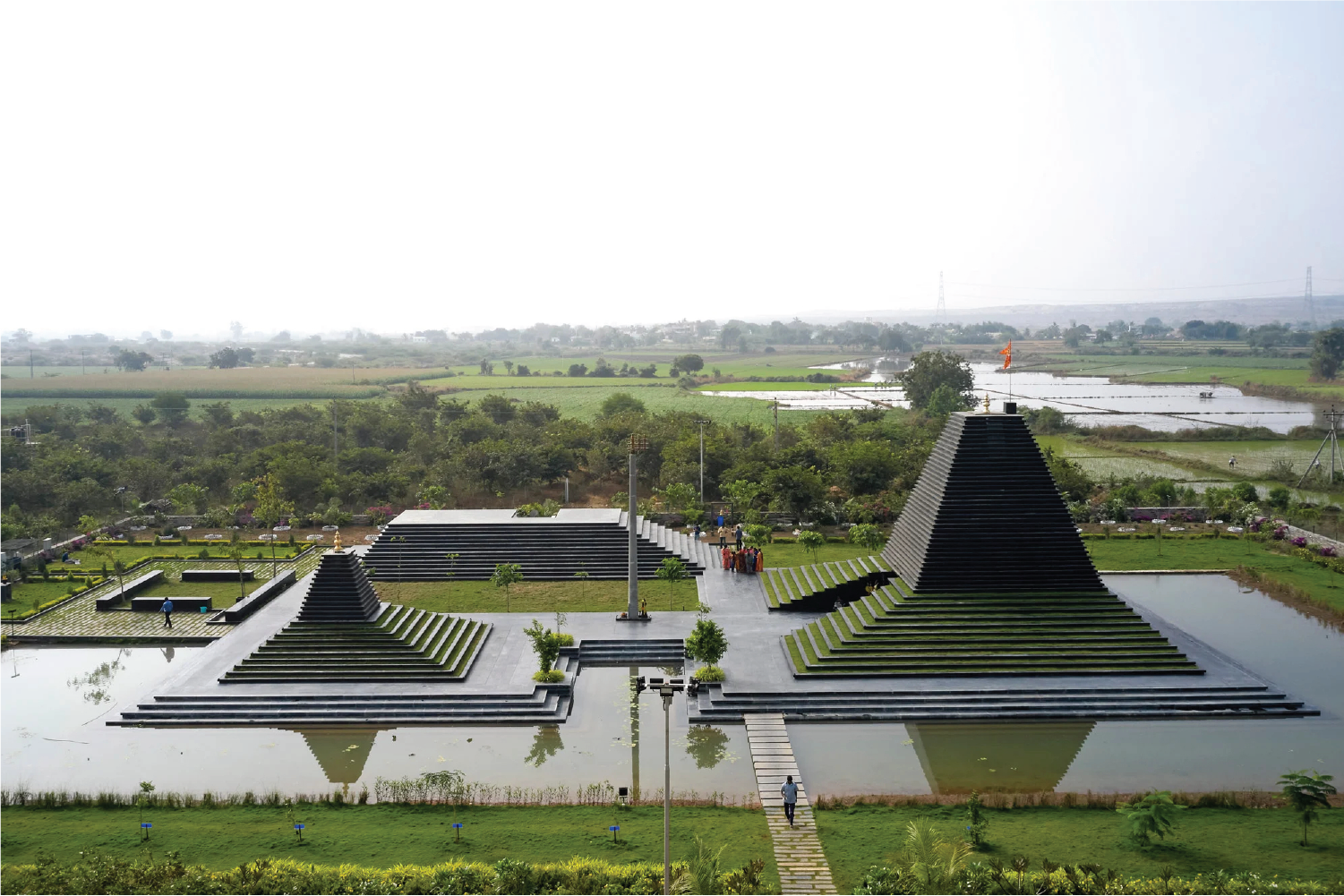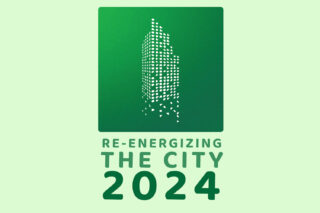IndiaNOW: Architecture in the Contemporary Landscape

This program will run from 9:00 AM – 12:30 PM EDT and in India from 6:30 PM – 10:00 PM IST.
See the full program PDF here.
The post-Independence project of nation-building in South Asia (the countries that are now India, Pakistan, Bangladesh, and Sri Lanka) after 1947 was marked by architecture that was often influenced by the International Style led by architects patronized by the newly-formed sovereign states. The current exhibition at the Museum of Modern Art (MoMA), The Project of Independence: Architectures of Decolonization in South Asia, 1947–1985, notes that while the predominant mode of design was defined by the principles of high modernism, there existed parallel design movements by architects who sought to utilize local materials, knowledge of indigenous craftsmanship, and motifs from pre-colonial culture.
For the past three decades, India’s architecture has been defined by the economic and socio-cultural shifts of its transformation from socialism towards a market economy: rapid urbanization, densification, capitalistic development, and privatization. Today, the state of architecture in India is characterized simultaneously by the use of newer typologies, materials, and technologies, and the critical question of how to deal with edifices from the post-colonial past. This program seeks to look at the work of both internationalist modernists as well as more regionalist architects and explore the issues of public perception, preservation, and legacy, as well as the factors influencing architectural development in contemporary India.
The program is divided into three sessions. The first is a critical retrospective on post-Independence architecture in India and its changing identity and purpose today. The second panel will focus on the experiences of architects from the United States who have, and continue to, engage with development in South Asia. The third session will be led by contemporary Indian design firms and young architects, who will be encouraged to present recent works and discuss their influences.
9:00 AM (6:30 PM IST) — Welcome
Benjamin Prosky, Assoc. AIA, AIA New York | Center for Architecture
9:15 AM (6:45 PM IST) — Keynotes
Martino Stierli, MoMA
Rahul Mehrotra, Harvard University Graduate School of Design
9:45 AM (7:15 PM IST) — Session 1 – After Modernism: Influence, Impact & Identity of Post-Independence Architecture in India
Nondita Correa Mehrotra, Charles Correa Foundation
David Stein, Urban Planner; son of Joseph Allen Stein
10:15 AM (7:45 PM IST) — Session 2 – Global Practice, Local Outlook: American Architects Working in India
Michael Manfredi, FAIA, Weiss/Manfredi
Marion Weiss, FAIA, Weiss/Manfredi
Diana Kellogg, AIA, Diana Kellogg Architects
Paul Schulhof, AIA, Tod Williams Billie Tsien Architects
11:00 AM (8:30 PM IST) — Session 3 – Contemporary Indian Architecture
Brief Presentations and Panel Discussion with Indian Architects
Abin Chaudhuri, Abin Design Studio
Anupama Kundoo, Anupama Kundoo Architects
Robert Verrijt & Shefali Balwani, Architecture BRIO
Anupam Bansal & Rajesh Dongre, Atelier for Built-environment Research & Design
Melissa Smith & Sachin Bandukwala, BandukSmith Studio
Bijoy Ramachandran & Sunitha Kondur, Hundredhands
Sameep Padora, Sameep Padora and Associates
Kapil Gupta, Serie Architects
Sangeeta Merchant & Sanjeev Panjabi, SPASM Design Architects
Ankur Choksi & Sidhartha Talwar, Studio Lotus
Vinu Daniel, Wallmakers
12:00 PM (9:30 PM IST) — Questions and Discussion
12:20 PM (9:50 PM IST) — Closing Remarks
This event is offered virtually. If you register for an online ticket, you will receive an email with a Zoom link to access the program.








